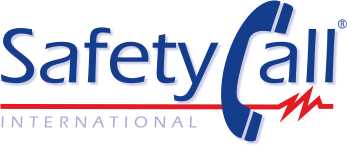Healthcare professionals, toxicologists and other scientists at SafetyCall International have been managing product related adverse events on behalf of manufacturers for decades. During this time SafetyCall has managed more than 3,000,000 incidents and helped manufacturers with early detection of safety issues and implement strategies to manage and mitigate adverse events. SafetyCall’s experience and methodology in this important area has recently been published in the prestigious and peer reviewed science journal Regulatory Toxicology and Pharmacology and serves as a guide for manufacturers to implement best practice post market surveillance for their products.
This published guide is intended to provide a roadmap for manufacturers to monitor the safety of their products and maximize their ability to implement best practice post market surveillance systems and signal detection.
For decades spontaneously reported adverse events involving commercial and household products have been used by manufactures, healthcare professionals, scientists, and regulators to monitor the safety of these products in the marketplace. Data from these reports are different from data involving prescription drugs where clinical studies and reports from healthcare professionals treating patients is the norm. Contrast that with data predominately received directly from consumers and involving household, commercial, dietary supplement, and non-prescription drugs. Although many of these products are subject to mandatory reporting of adverse events to regulatory bodies using standardized reporting templates there are no published standardized methods of actually analyzing these data to identify safety signals.
So how should these reports be systematically analyzed for the purpose of benchmarking, trend analysis, and safety signal detection? A major caveat to conducting such analysis is that spontaneously reported adverse events are often times subject to significant bias and subjective interpretation of random reports received primarily from consumers by phone, email, and social media without the benefit of hands-on evaluation of the involved human or animal. Many reports may not include sufficiently detailed information to draw conclusions and in other cases factually inaccurate information may be provided. For these reasons it is imperative that higher quality reports are separated from lower quality reports and normalized incident rates need to be examined to determine if trends are indicating a potential safety signal that should be further investigated. Despite the limitations of spontaneously reported adverse events, they are one of the most important sources of real time safety information to help manufactures ensure that their products are serving their intended and beneficial usefulness without causing unintended or unexpected adverse consequences to their customers.


